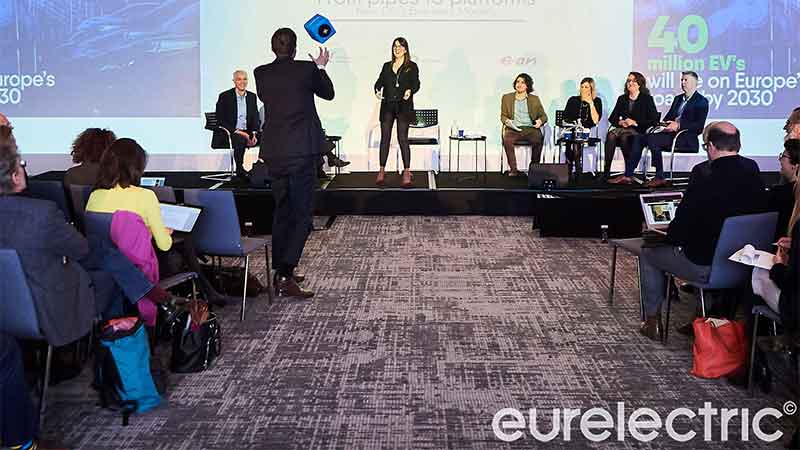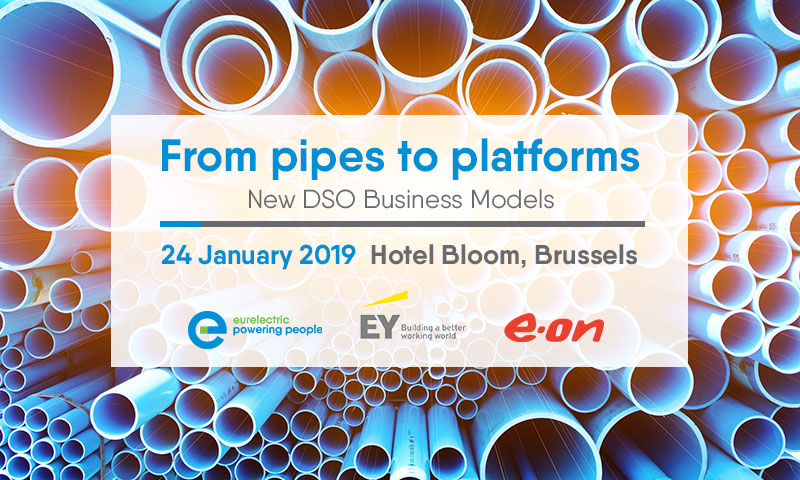
Eurelectric kick started 2019 by bringing together industry leaders, regulators, policy-makers and innovative market players to discuss the shifting energy paradigm and the impact on electricity distribution. Over 160 attendees joined the debate on new business models for distribution systems operators (DSOs).
"We are at a pivotal moment where we must put in place a forward looking framework which shows that the revolution will happen at distribution level" - said Anna Colucci, Head of the Retail Markets, Coal and Oil Unit – DG ENER, EU Commission.
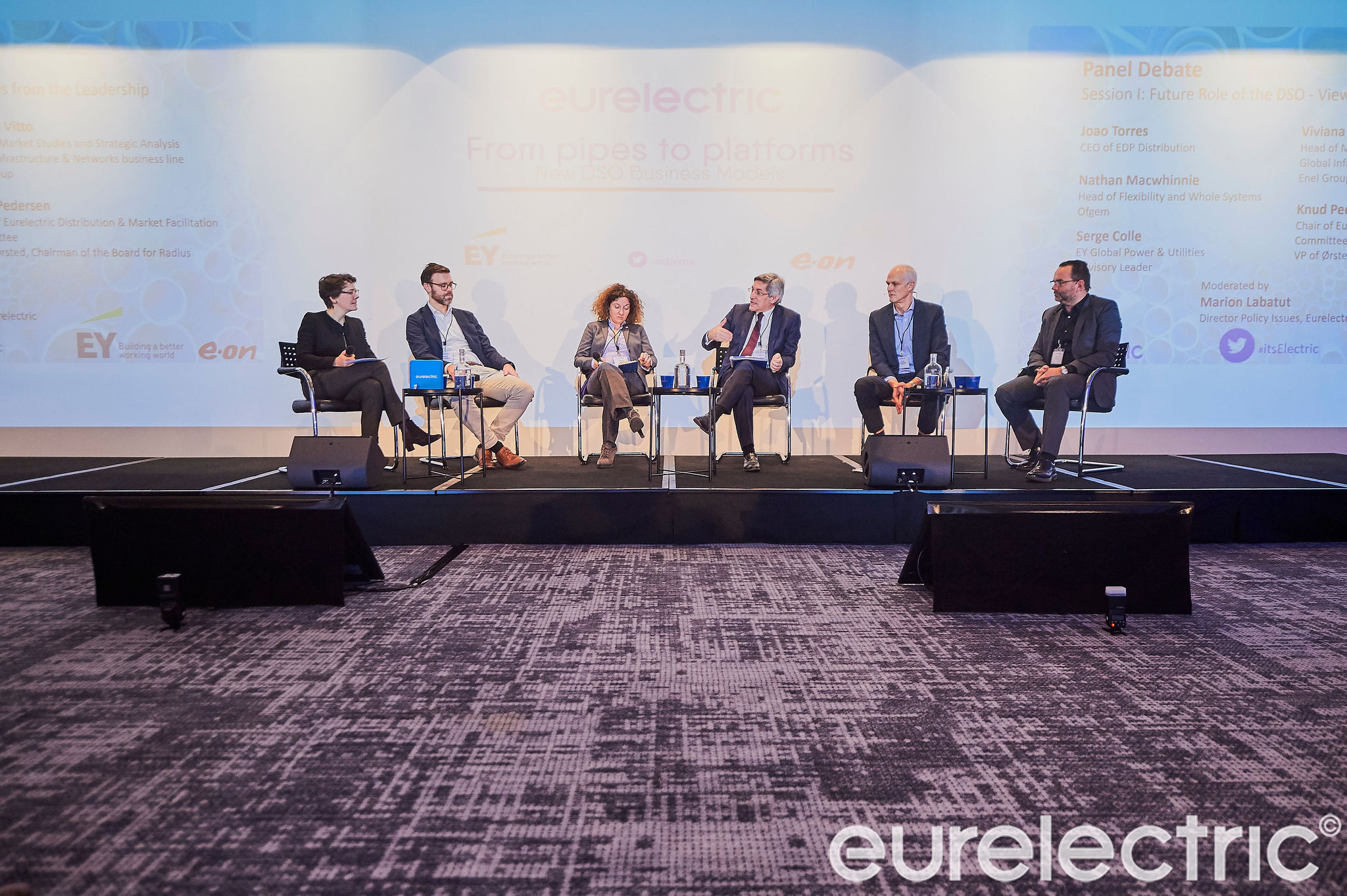
Future Role of the DSO -Views from the Leadership (In the photo: Marion Labatut, Nathan Macwhinnie, Viviana Vitto, Joao Torres, Knud Pedersen, Serge Colle)
DSOs core duty of ensuring the safe operation and maintenance of the system is gaining in complexity due to increased share of renewables in the energy generation, coupled with growing numbers of electric vehicles (EVs) on the road and the shifting role of consumers. Electrification is key to decarbonising our economies and DSOs are central to this transition.
“The future will be electric, decarbonised and decentralised” – said Serge Colle, EY Global Power and Utilities Advisory Leader.
Studies show that by 2045, 95 % of the vehicles on the road will be electric. With DSOs being the main enablers for EV charging. Open dialogue and active cooperation between stakeholders is essential to create value in all processes, from the deployment of smart charging stations to dynamic load management.
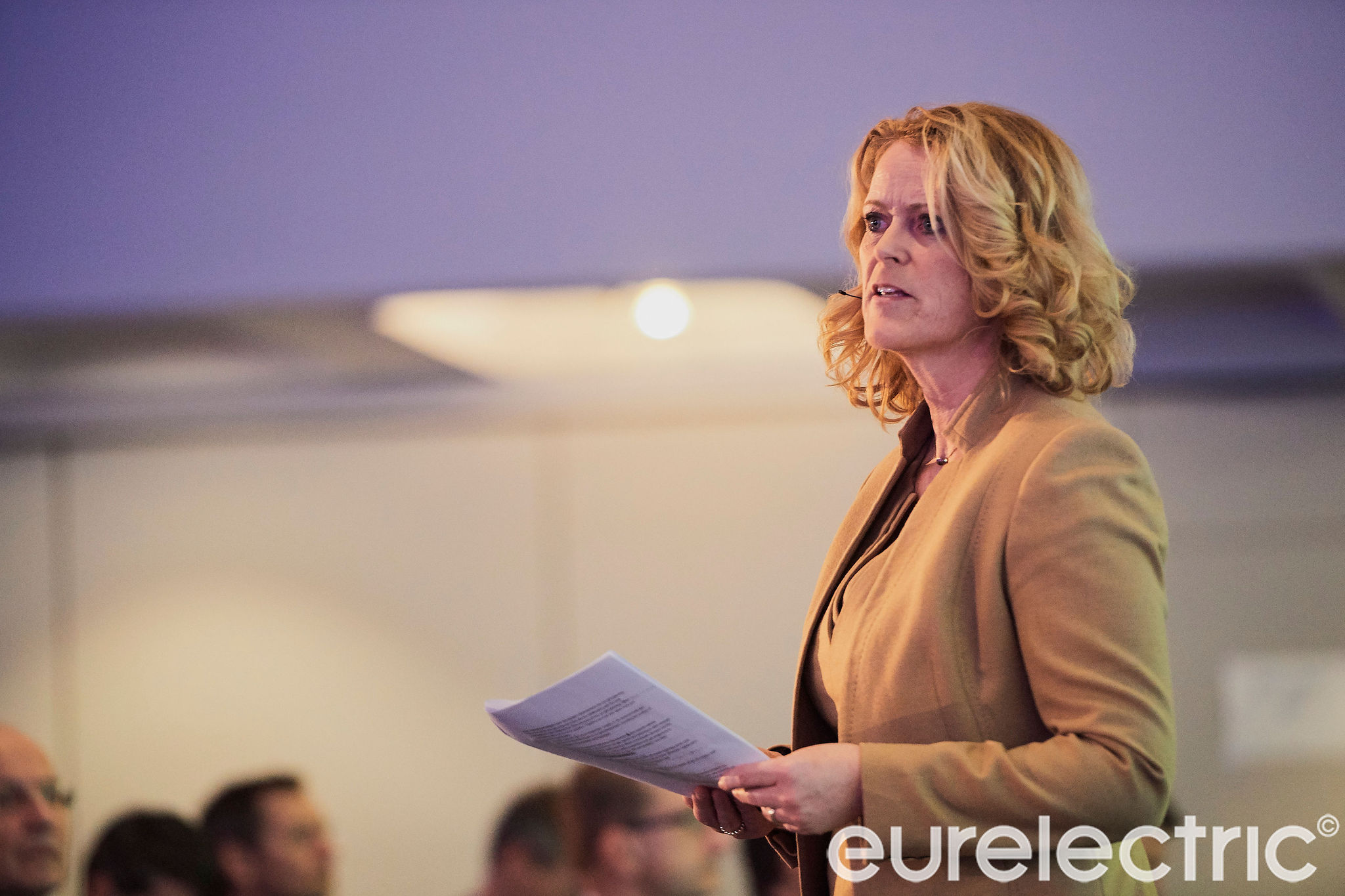
Alliander in Transition (In the photo: Mascha van Vuuren)
“We need to engage constructively, as EVs are creating the possibility to sell flexibility services to the grid” – said Josh Roberts, Advocacy officer – ResCoop.eu.
To accommodate all these changes, DSOs have to invest massively both in reinforced grid capacity, and in capabilities that usher their new responsibilities. During the next five to ten years, DSOs must take critical steps towards increasing their agility. This includes, among others, updating their capabilities and investing in new ones, increasing the sophistication of their assets management, integrating digital solutions, building new skillsets and changing the mind-sets.
“Our job is to provide safe, reliable and resilient electricity systems to customers. We can’t wait 10 years, but we need to act now. We need to scale up digitalisation and innovation. We need these platforms, not just pipes. We need to collaborate with regulators to have forward looking regulation that enables investments in innovation” - said Viviana Vitto, Head of Market Studies and Strategic Analysis Global Infrastructure and Networks business line, Enel Group.
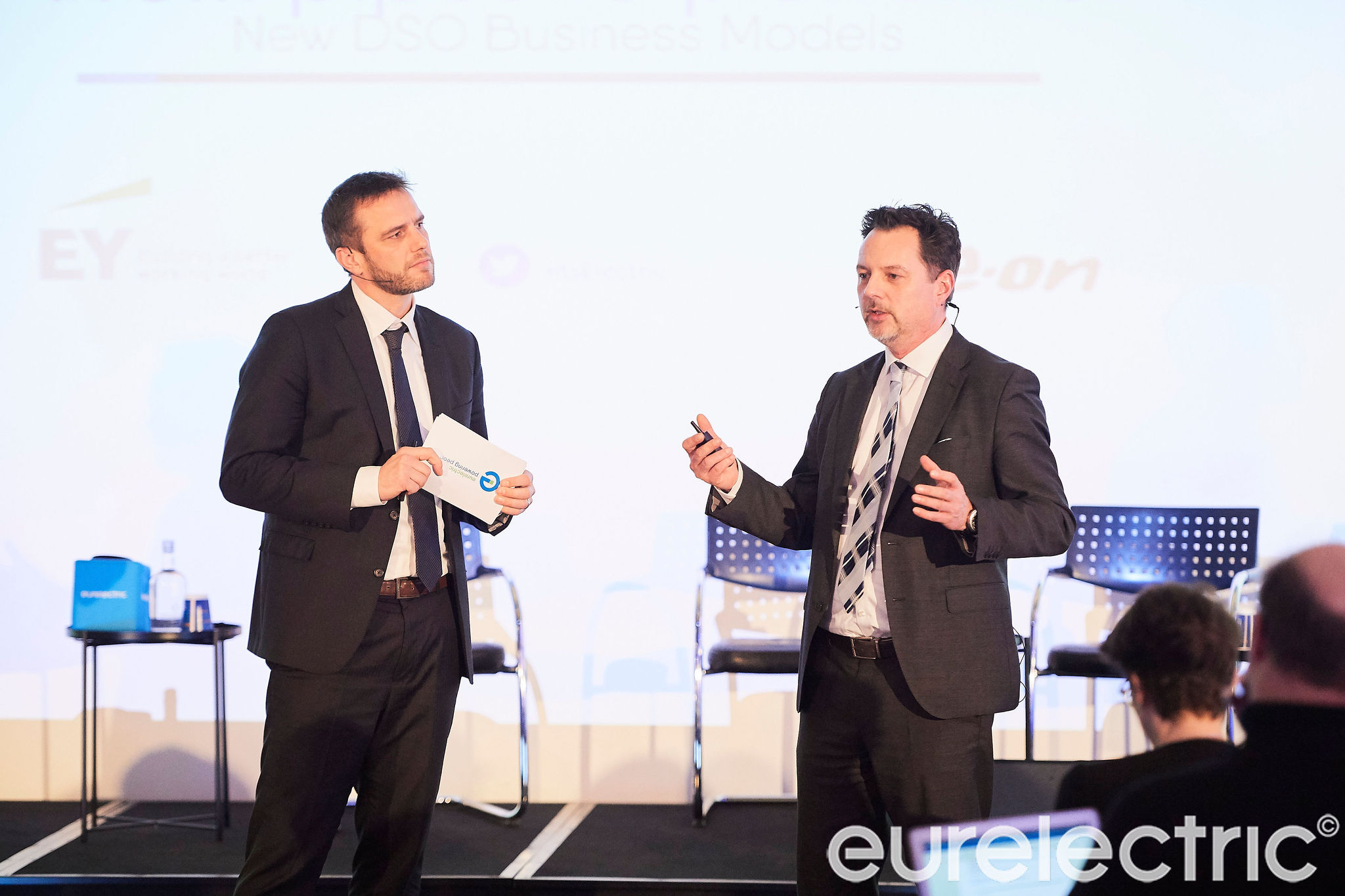
DSO 2.0: Two Smart Examples Bringing Visions to National and European Reality (In the photo: Kristian Ruby & Markus Merkel)
"DSOs 2.0 are going from a network system to a more integrated one, and looking into the future we’ll have to talk about the integrated digitised network" - added Markus Merkel, Senior Advisor to the Board of Management EWE NETZ GmbH.
DSOs are becoming neutral market facilitators, acting as platforms for all network customers, by leveraging flexibility resources and facilitating the non-discriminatory access to the energy system. To do so, they need to reinvent the way they communicate with other stakeholders, be more customer centric and develop new partnerships.
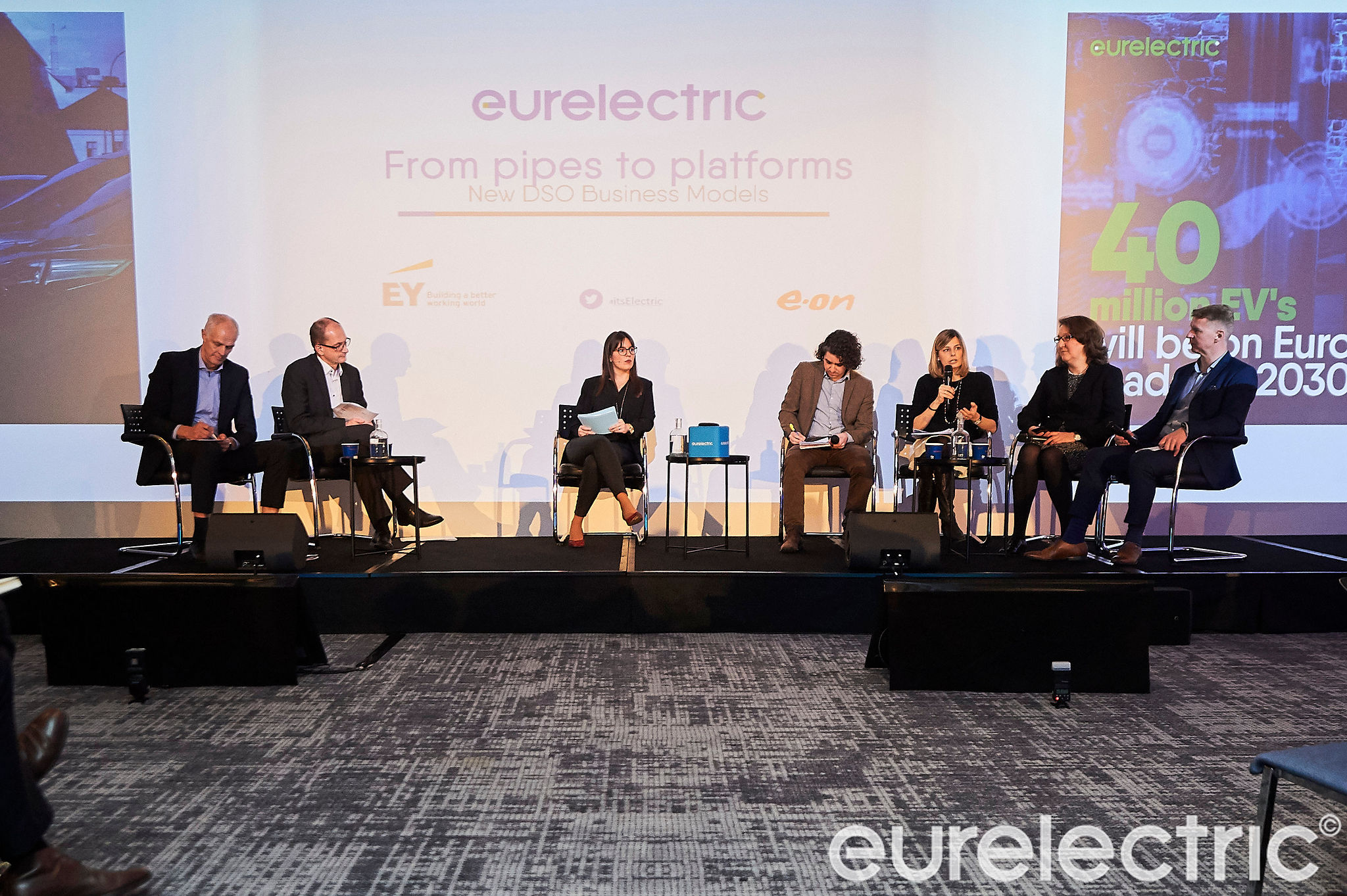
What do Customers Expect from Network Value? (In the photo: Knud Pedersen, Erik Landeck, Carolina Vereda, Josh Roberts, Monica Immovili, Katrin Schweren, Elias Poyry)
“Even if it was not in our DNA to be customer centric, distribution is not a one way street anymore. It is a platform and our approach must change in order to provide best value for customers” – said Knud Pedersen, Chair of Eurelectric Distribution and Market Facilitation Committee, VP of Orsted, Chairman of the Board for Radius.
“The smart meter is the first step towards customers’ engagement, as it allows for a better understanding of tariffs. We must increase the speed of deployment and cooperate much more” – said Joao Torres, CEO of EDP Distribution.
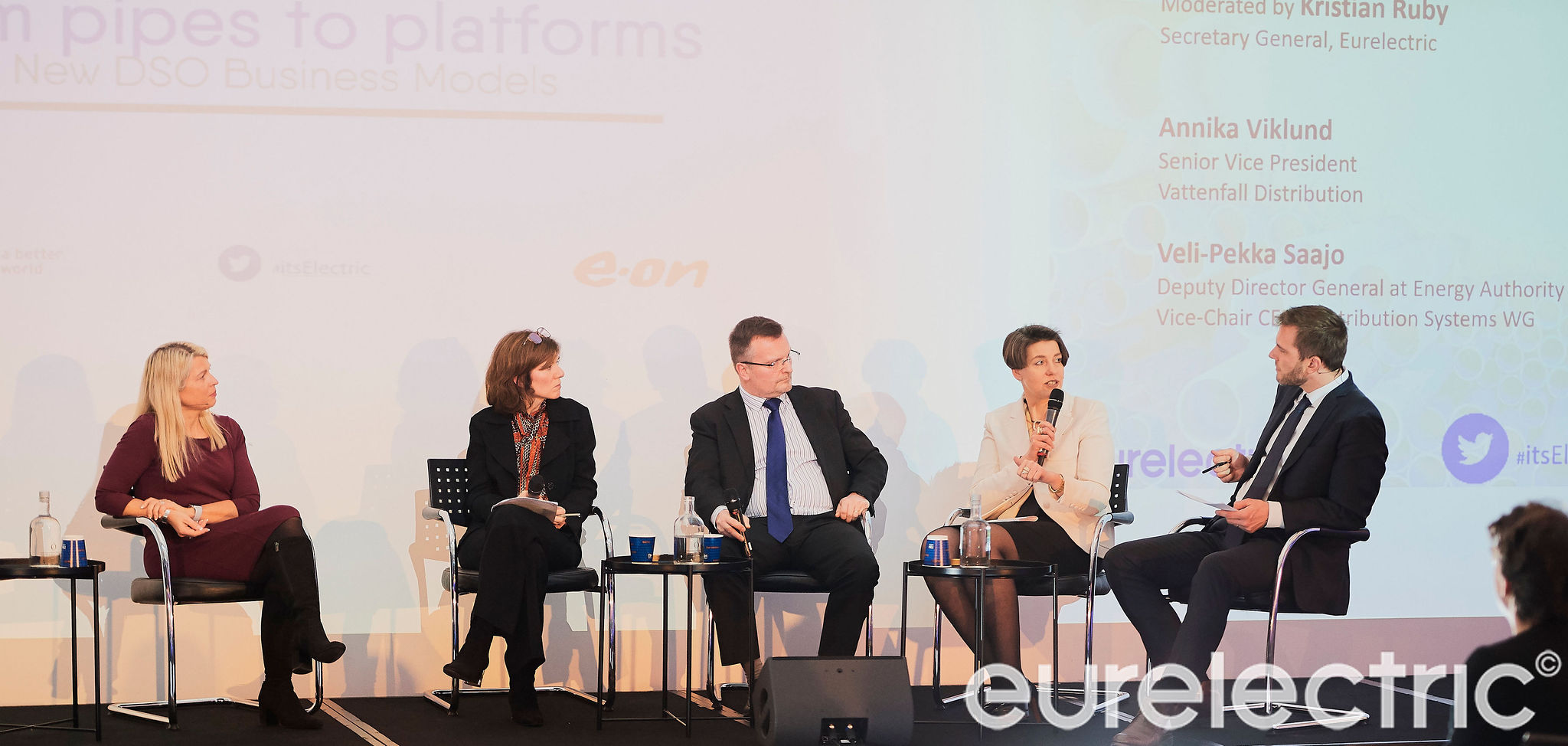
Can Regulators Cope with the Changing Landscape? (In the photo: Annika Viklund, Anna Colucci, Veli-Pekka Saajo, Susanne Fabry, Kristian Ruby)
A long term and stable regulation is key to adequately equip DSOs with the necessary capabilities to build, develop and manage a 'fit for the future' grid. Given the different pace and nature of energy transition among Member States, no 'one size fits all' approach is relevant. However, transparency, harmonisation and interoperability are key for facilitating efficient and resilient market exchanges.
“We need to bring the new rules to life. We need to find and develop new solutions. We are the ones leading the energy transition” – Susanne Fabry, Head of Steering Energy Networks Germany E.ON SE.
Full Report here
